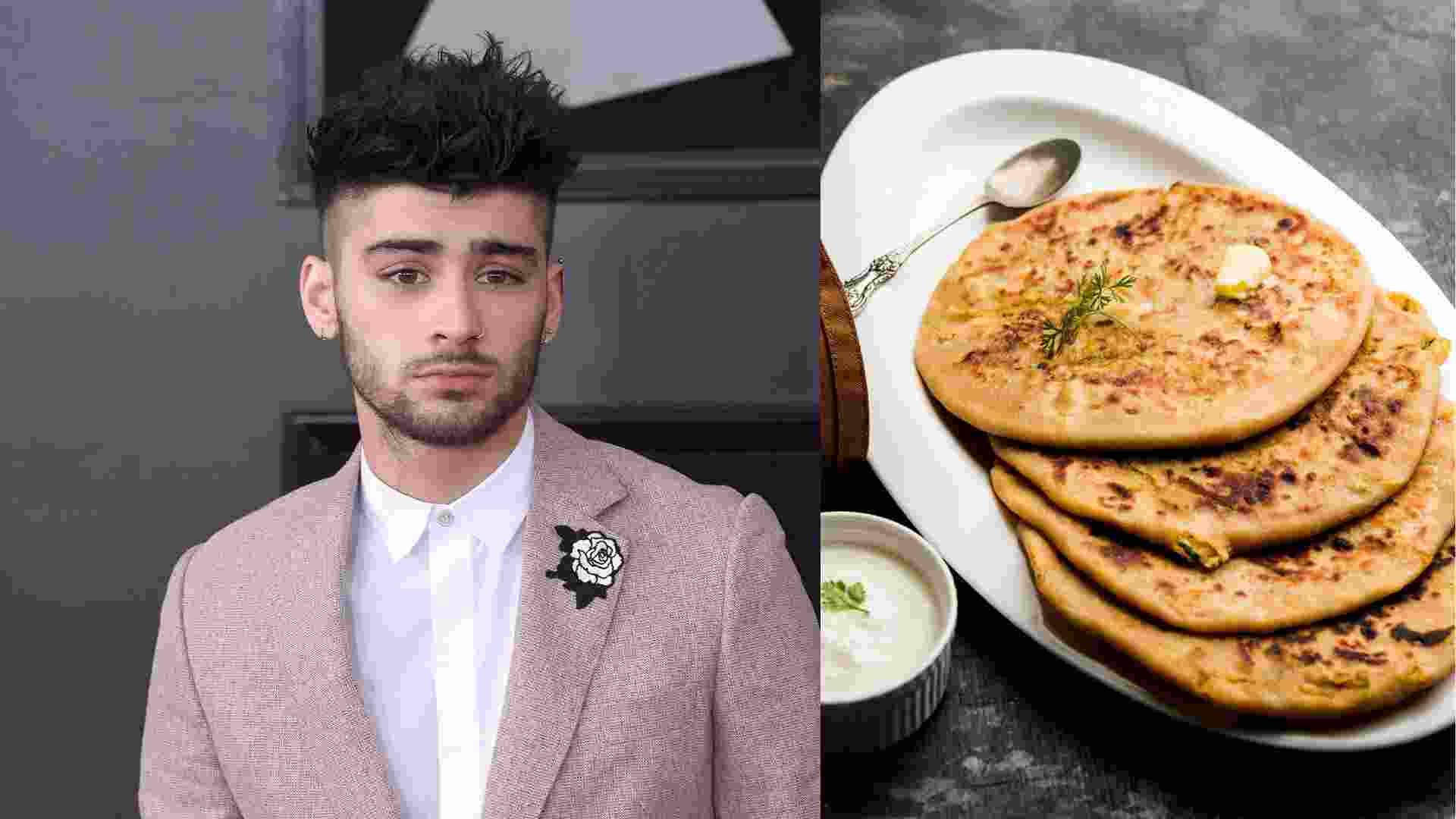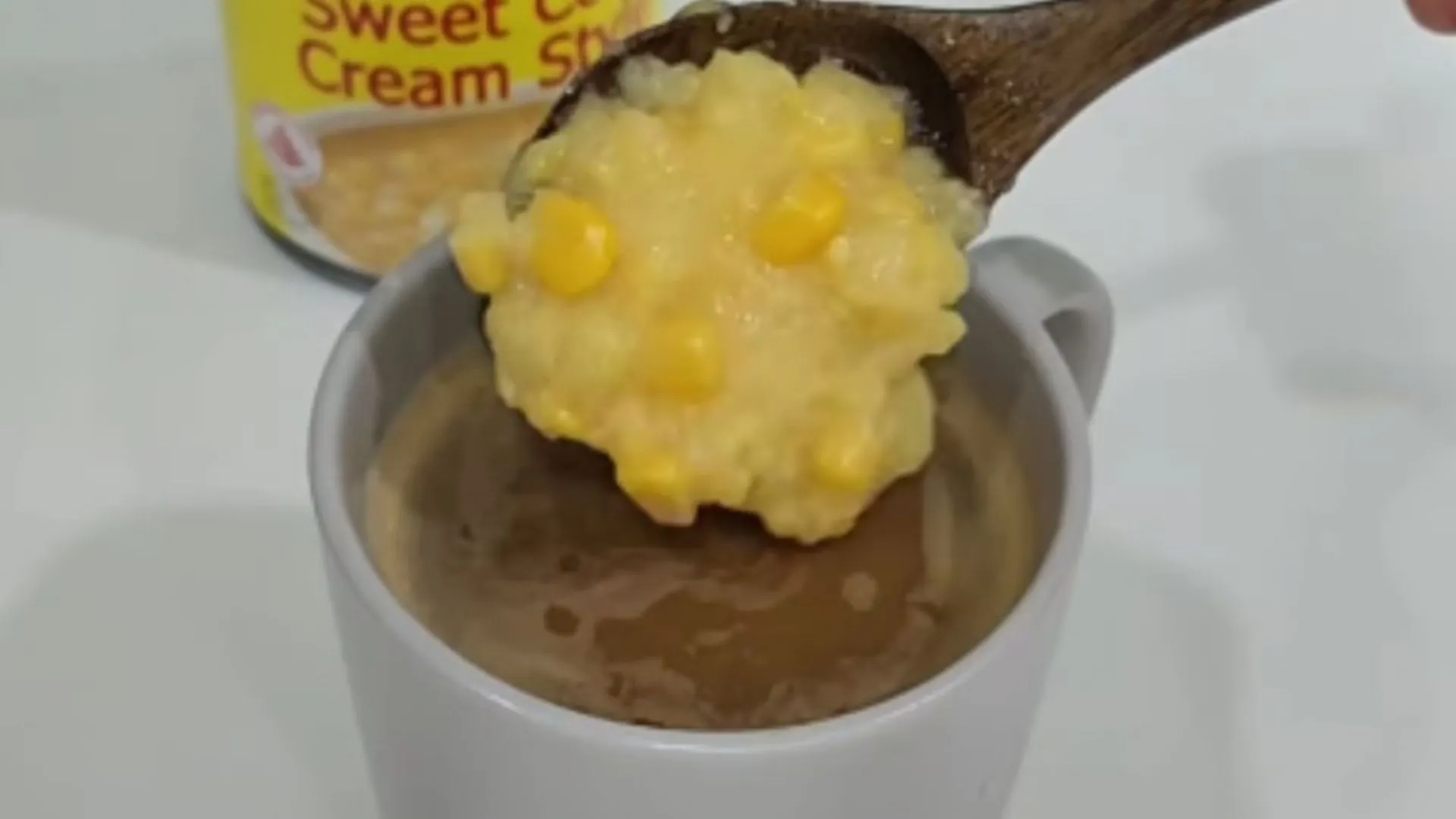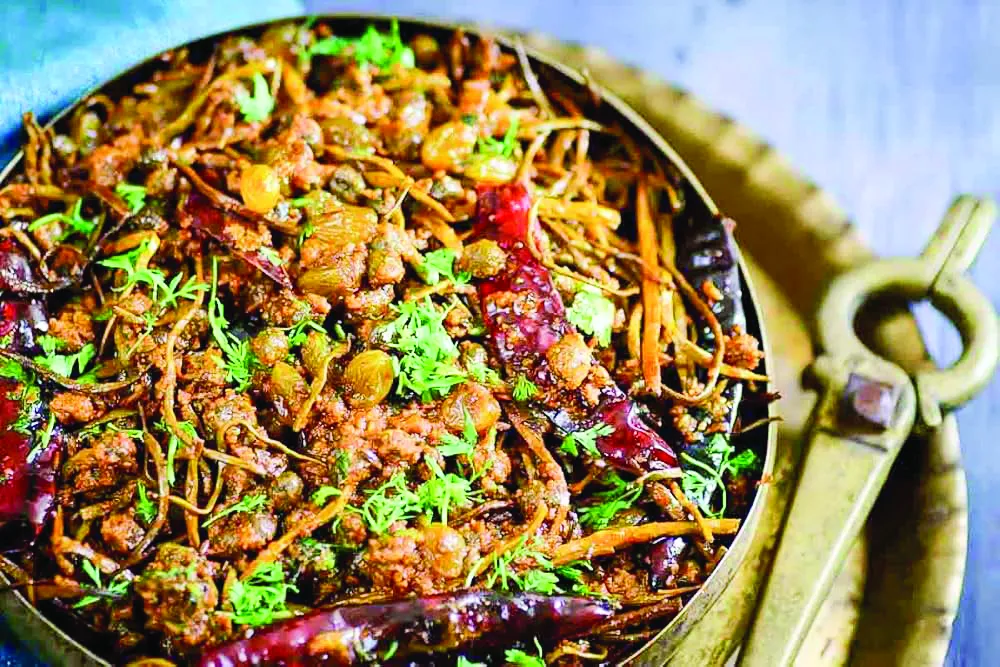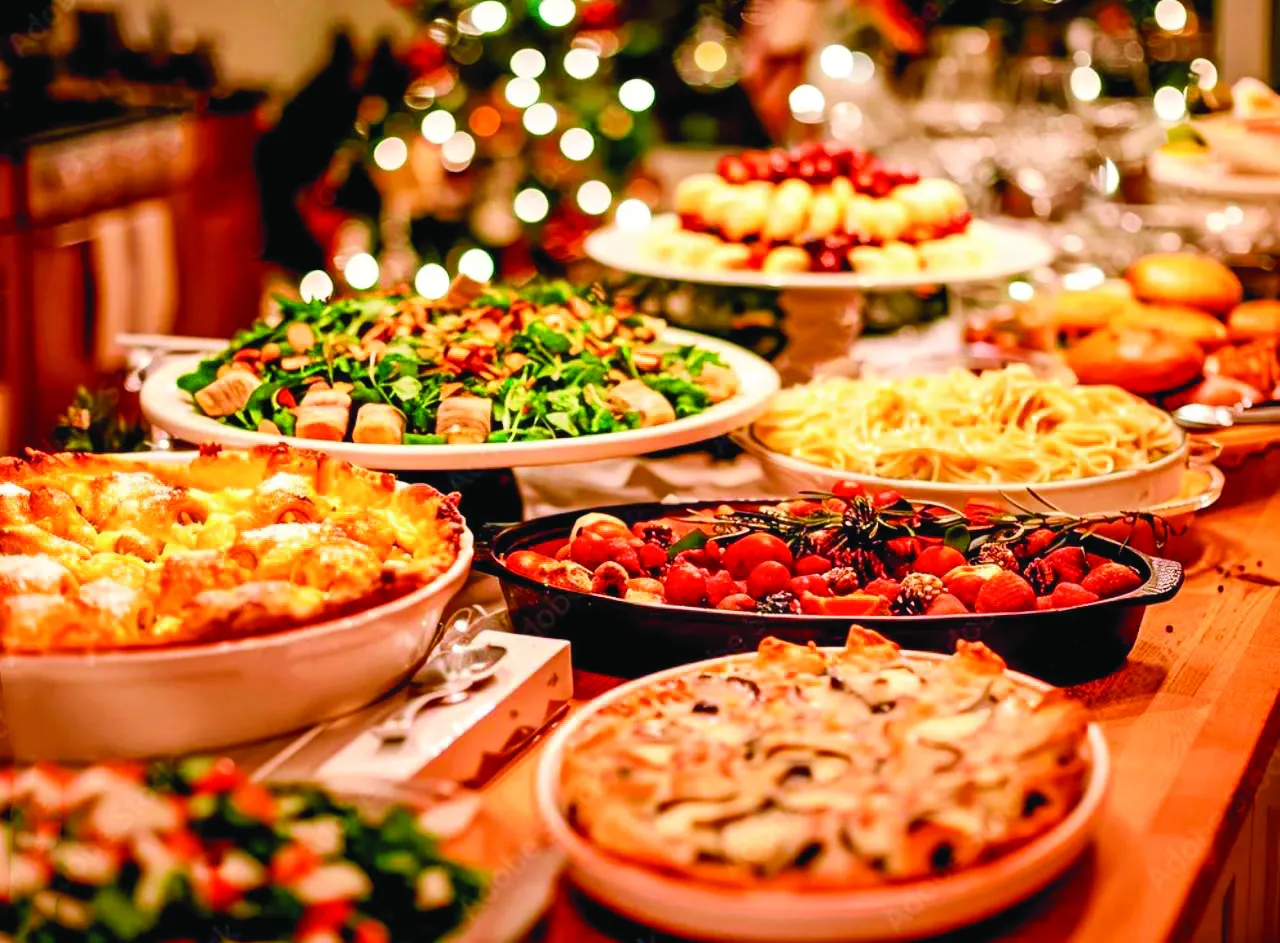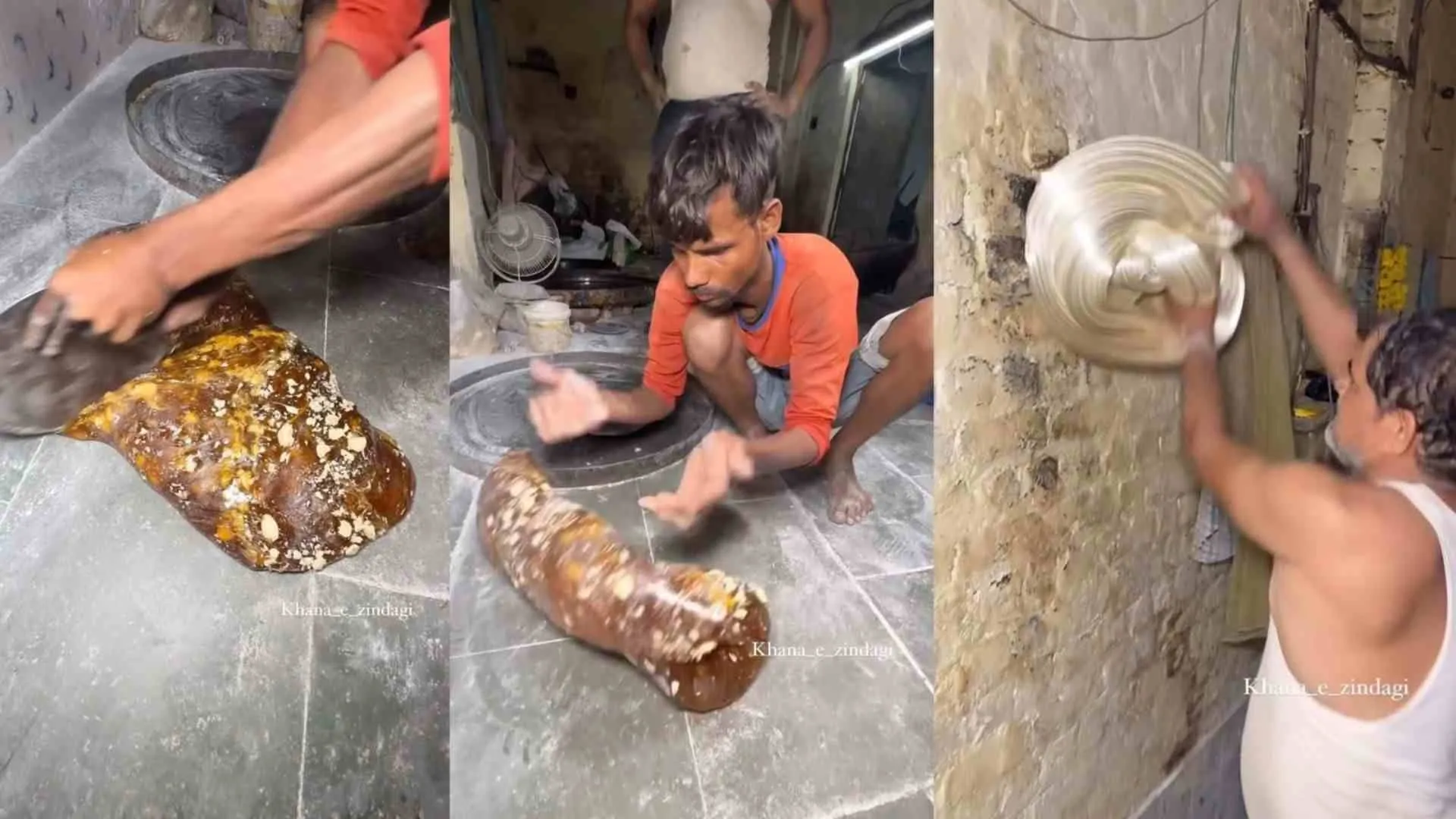Indian cuisine wouldn’t be complete without flatbreads to complement our favorite sabzis, and Zayn Malik seems to agree! The pop singer recently teamed up with the Instagram page Diet Paratha and revealed that when it comes to choosing between rotis and parathas, he’s all for parathas, stating, “paratha, it’s just better.”
While both rotis and parathas are beloved Indian flatbreads, they differ significantly in their preparation and nutritional content. So, what are the key differences, and which one should you choose for better health?
“Rotis are usually made from whole wheat flour and cooked on a dry skillet, making them a lighter, lower-calorie option. Parathas, however, are often richer, as they are layered with ghee or butter and may include various fillings like potatoes, paneer, or lentils,” explained Venus Singh, Coach Lead – Clinical Operations at Sugar.fit.
These added ingredients and fats make parathas more flavorful but also more calorie-dense compared to rotis.
Which one is healthier?
Singh suggests that the healthiness of rotis versus parathas largely depends on how they are prepared. “Generally, rotis are considered the healthier option due to their simplicity and lower fat content. However, parathas can also be made healthier by using minimal oil or ghee and incorporating nutritious fillings.”
According to Singh, the key to making either dish healthier lies in moderation and selecting nutrient-rich ingredients, such as using whole grain flour and adding vegetables.
How can you enhance their nutritional value?
Singh recommended adding whey, dal (lentil) water, or puréed vegetables to the dough. This not only increases protein and fiber but also enhances the overall nutritional profile. “Opt for multigrain flour or mix in millets like ragi, bajra, or jowar with the wheat flour. These grains are rich in fiber, vitamins, and minerals, making the flatbreads more nutritious,” he shared.
For parathas, using fillings like green leafy vegetables (spinach, methi), paneer, tofu, or non-starchy vegetables like carrots and beans is advisable. These ingredients are low in calories but high in vitamins, minerals, and fiber, contributing to a more balanced meal.

